Explain what the IMG is?
Tool for configuring the SAP System to meet customer requirements. Also referred to as the ‘Implementation Guide’.
Explain how you can use the R/3 project Management in an implementation?
For each business application, the implementation guide
explains all the steps in the implementation process
tells you the SAP standard (factory) settings
describes system configuration work (activities) and opens the activities interactively.
Implementation guides are structured as hypertext. The hierarchical structure reflects the structure of the R/3 business application components, and lists all the documentation to do with implementing the R/3 System.
Once you have activated the company IMG can you still add modules/areas?
Yes.
If you deactivate the module CO in the company IMG could you still select the CO module in a project you create?
No.
Is it possible to link R/3 projects to the MS project?
Yes.
What is the procedure model and how can it be used in an implementation?
The R/3 Procedure Model is both the methodological framework for the implementation and upgrade processes and a powerful tool that supports you at every stage of the implementation process.
The R/3 Procedure Model provides all the fundamental understanding you need at the cross*application level for implementing R/3 application components successfully, a hierarchically*structured plan of the activities, a correct sequence of the activities the link to the system setting activities
Explain shortly what the SAP business Navigator is and how it can be used in an implementation.
The Reference Model integrated into the R/3 System The various ways into Business Navigator (the views) help you call just the models and list displays you need in the R/3 Reference Model
You can access other R/3 System components directly from the models, for example: data models, transactions, documentation.
What two ways of number assignment for documents or master data do you know? Explain the Difference between them.
Internal & External.
Can you share master data between several sales areas?
Yes.
What does the account group of the customer control?
Number assignment, Screen Layout.
What are the two influence factors for field selection for customer master record maintenance?
Account Group, Transactions.
Name at least five features that you can control for the sale document type?
Text, Partner, Pricing, Taxes, Output, Delivery.
Give an example of when you would specify that a sales document can only be created referencing another sales document?
Returns can only be created referencing sales order.
Why do you have different sales document types in R/3?
For business transactions.
Name at least three features controlled by the sales document type?
Pricing, Taxes , Delivery.
Name at least five features that you can control for the item category?
Pricing, Relevance for delivery, Relevance for billing, Incompletion log, Partner, Tax.
Name at least five features that you can control for the schedule line category?
Relevance for delivery, Availability check, Transfer of Requirements, Goods Movement, Purchasing and Incompletion log.
Explain how the system can automatically determine the item category in the sales order.
Sales document type + Higher level Item category + Item category group + Item Usage.
Explain how the system can automatically determine the schedule line category in the sales order?
Item category + MRP type.
Once the system determined the item level schedule line category automatically in the sales order, can you still change it manually?
Yes.
At which levels in the sales document can you have different incompletion procedures?
Sales Document Type, Item Category, Schedule Line Category, Partner Functions, Sales Activities.
What is the item category group? Where do you maintain it?
The item category group determines how a material is processed in the sales order. It defines, for example, that pricing does not take place for a free of charge item, such as a business gift; or that
inventory management is not carried out for a service. When processing sales and distribution documents, the system uses the item category group to determine the item category. The system
determines the item category based on the item category group of the material and the current business transaction, and proposes it in the respective document.
When creating the material types non*stock material and services, DIEN is proposed in both cases for the item category group, because the order processing for both material types is identical: for example, pricing is carried out for both, but no availability check. It is maintained in the material master.
What do you control at item category level in the delivery?
Relevance for Picking, Determination of Picking Location, Minimum Delivery Quantity.
Do you have schedule lines in the delivery?
No.
Item categories from the sales order are copied into the delivery. What happens if you add a new item in the delivery – how can the system still automatically determine the item category for the delivery? If, yes, what do you have to do?
You can only enter an item that is not dependent on an order in a delivery if the delivery permits the item category for that item. The item category is determined on the basis of the delivery type and item category group in the material master record. Thus, items for which an order has to be created first cannot be added to a delivery. Which materials can be included in a delivery, depend on your system configuration. In the standard version of the SAP R/3 System, only materials with the item category VERP can be added to a delivery.
What does the billing type control?
The document number
The partner functions allowed at header level
The partner functions allowed at item level
The billing type that can be used to cancel the billing document
The transfer status of the billing document:
Transferred to financial accounting
blocked from transfer
not transferred
The procedure for account assignment in Financial Accounting
The allowed output for a business transaction and the procedure for output.
When you think of the document flow – what do you control for it in customizing?
You can specify for a particular sales document type, which document type is to be assigned to copied reference documents, and which item categories or schedule line categories are to be copied.
You must also make specifications for copying requirements and data transfer, as well as quantity and value updates in document flow. This must be done for each copying procedure at header, item and, if necessary, schedule line level on a detail screen. You can specify partner procedures for the customer master (linked to the account group) and you can specify partner procedures for the sales document.
Can you have different partner procedure at sales document type and item category level? If yes, why would you want to have different procedures for the item category?
Yes. Different Ship to party.
What is a partner type? Give some example?
The partner type is an indicator which informs you of the type of partner, for example, partner type customer “KU”. You want to set up a new condition type.
Name the necessary steps you have to do If you want the system to determine the new condition type automatically during sales order entry?
Check to what extent you can use the condition types contained in the standard SAP R/3 System. Create new condition types by copying a similar conditions type and changing it according to your
requirements. One reason for creating a new condition type is you may require a calculation rule for a discount which is not available in the standard system. Specify an alphanumeric key which can have up to 4 digits, and a textual description. Specify an access sequence for the condition types. You do not need to specify an access sequence for header conditions.
Maintain the detail screen of the condition type.
You can also assign a reference condition type if the condition types you are working with are similar. Then you will only have to maintain condition records for the reference condition type. In addition, you can define the upper and lower limits for the value of a condition at condition type level. This way, you limit the amounts or the scale values in the corresponding condition records.
When you think of the five possible elements necessary for the account determining during posting of a sales invoice – where from does the system get the information?
Chart of Accounts, Sales Organization, Payer, Material Master, Account Key.
Name the necessary steps to setup a route?
Define the transportation connection points which mark the beginning and end of a leg
Define the leg by specifying the transportation connection points at the beginning and end
Define the modes of transport and shipping types which are dependent upon the mode of transport.
Define the routes by listing the individual legs one after another. The sequence of legs constituting the route determines the itinerary. When you string together the individual legs of the route, you must
also specify the shipping type for each leg. As a simple alternative you can also define routes without specifying them more precisely by defining legs. Note that in this case the system cannot propose the office of exit for export.
During route determination the system also needs to know the departure Zone of the goods to be shipped. How does this information come into the sales order?
Customer Master.
What is the scope of check during availability check and what do you specify with it?
Stocks
Safety stock, stock in transfer, stock in quality inspection, blocked stock.
Inward and outward movements
purchase orders, purchase requisitions, planned orders, production orders, reservations, dependent
reservations, dependent requirements, sales requirements, delivery requirements.
Where do you assign text determination procedures for customer master records and for documents?
Account Group, Item Category.
Can you make texts mandatory for a customer master or a sales document?
Yes.
Give examples for standard output types in SD.
Order Confirmation, Delivery Note , Invoice.
Can you specify when output should be created? If yes, what possibilities do you have?
Yes. Print out, Mail, EDI, Fax.



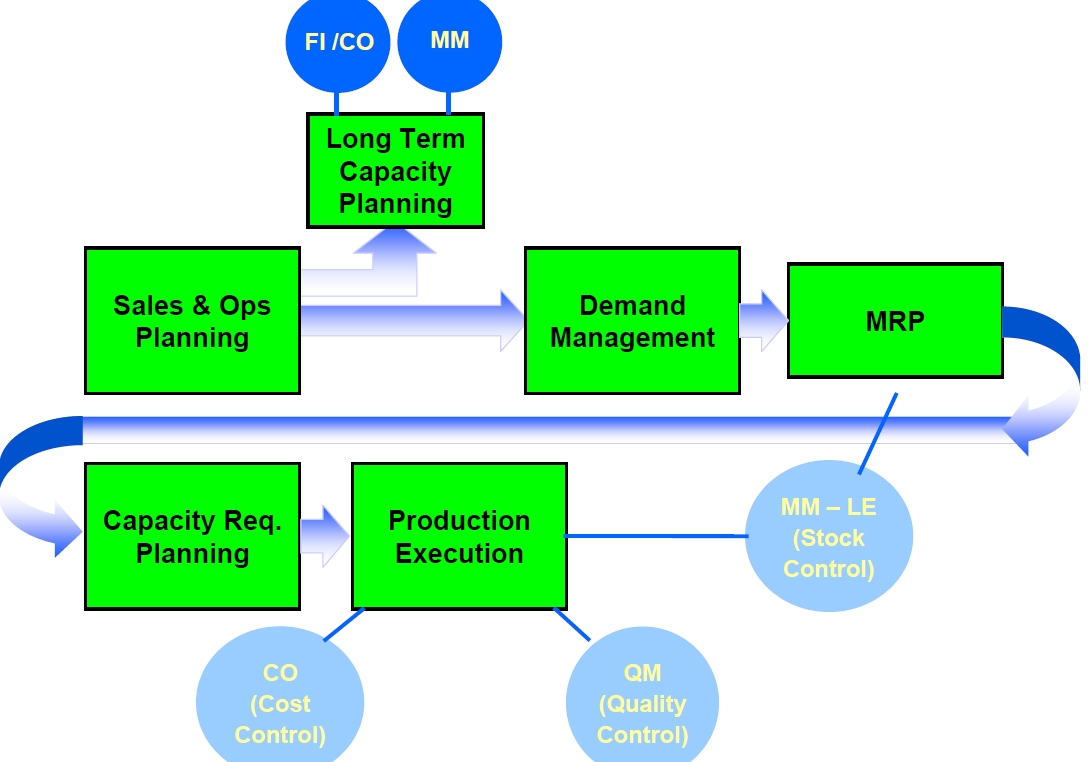

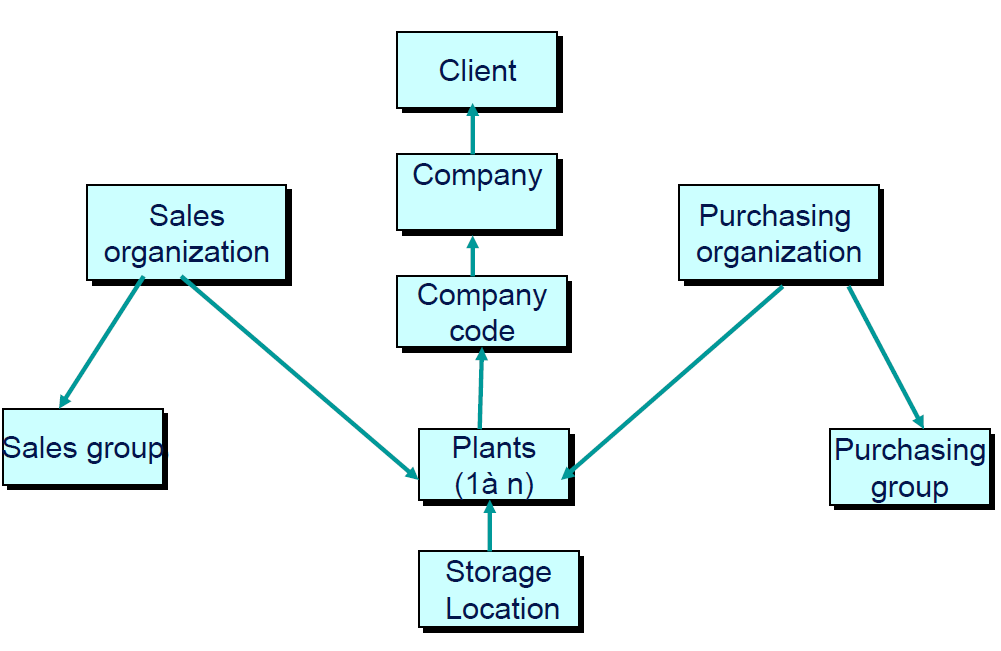
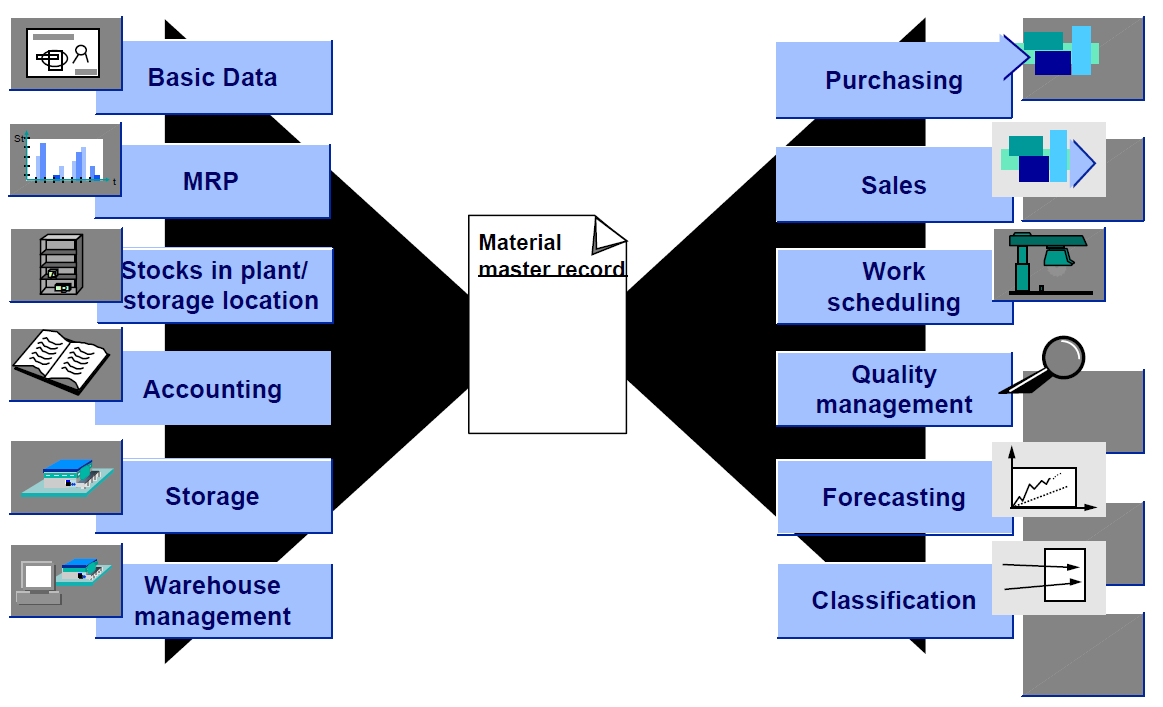
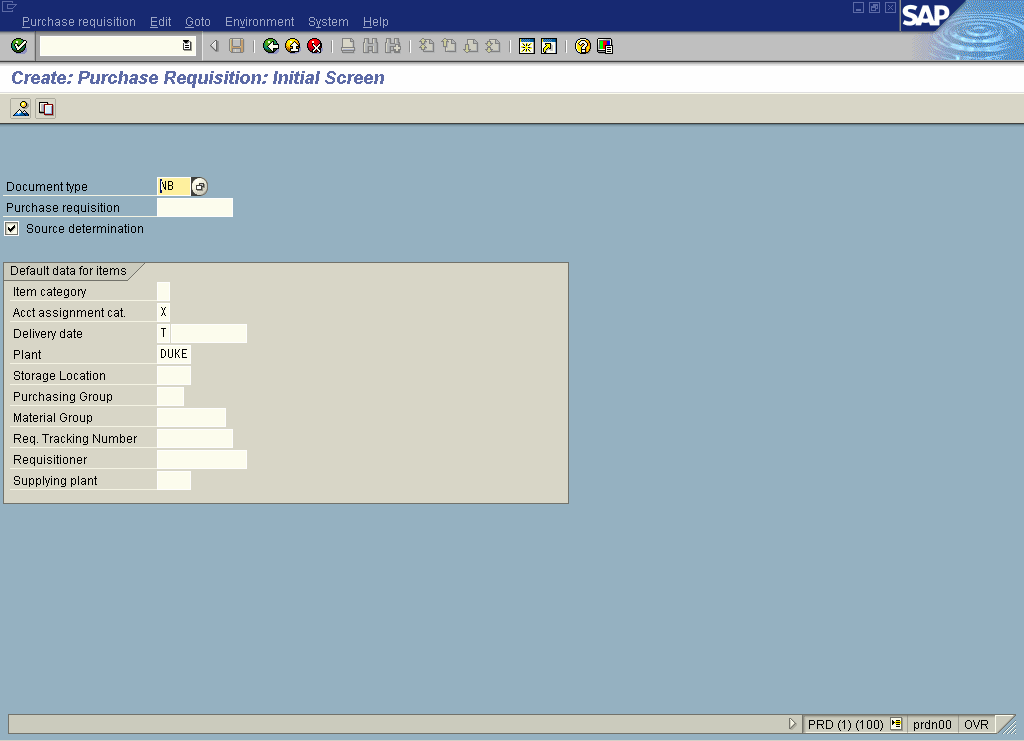
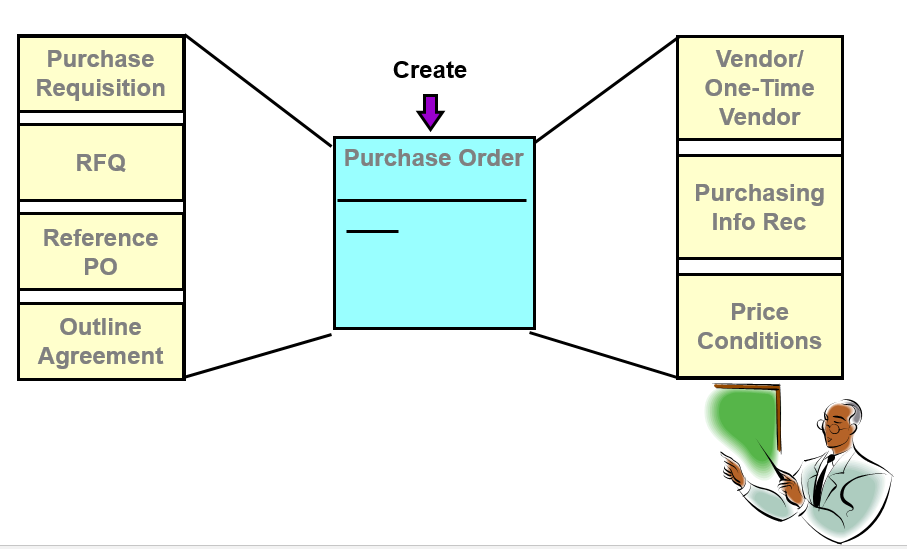
Leave a Reply